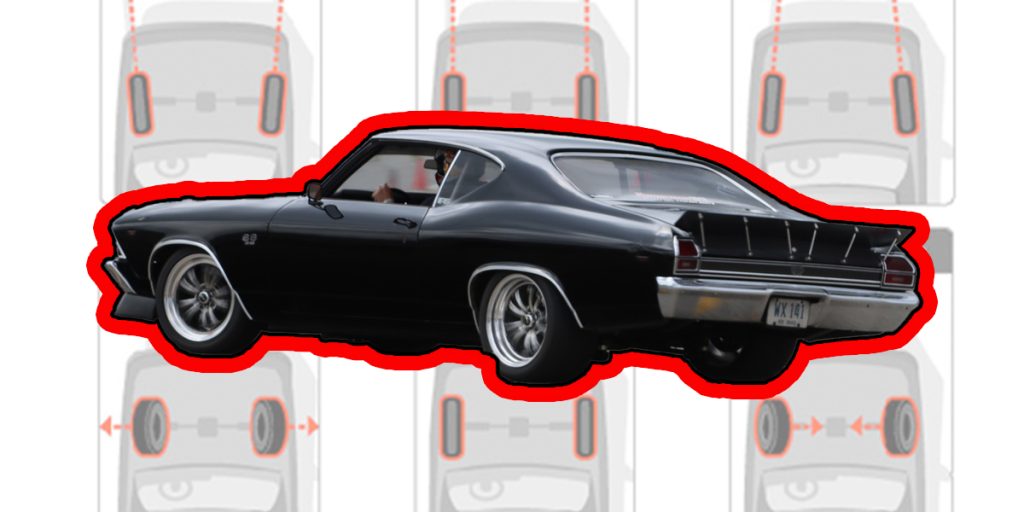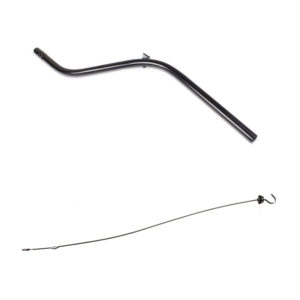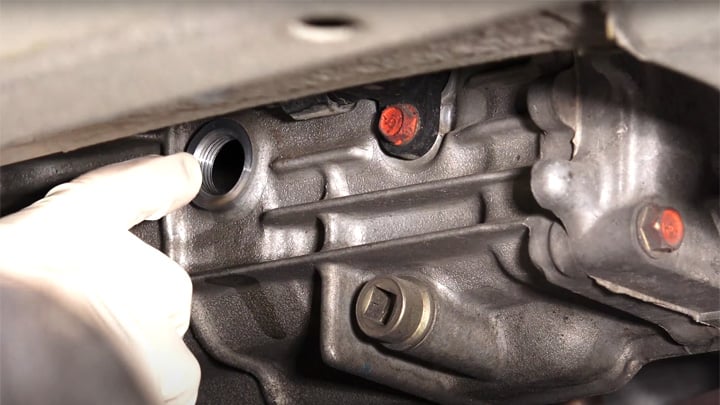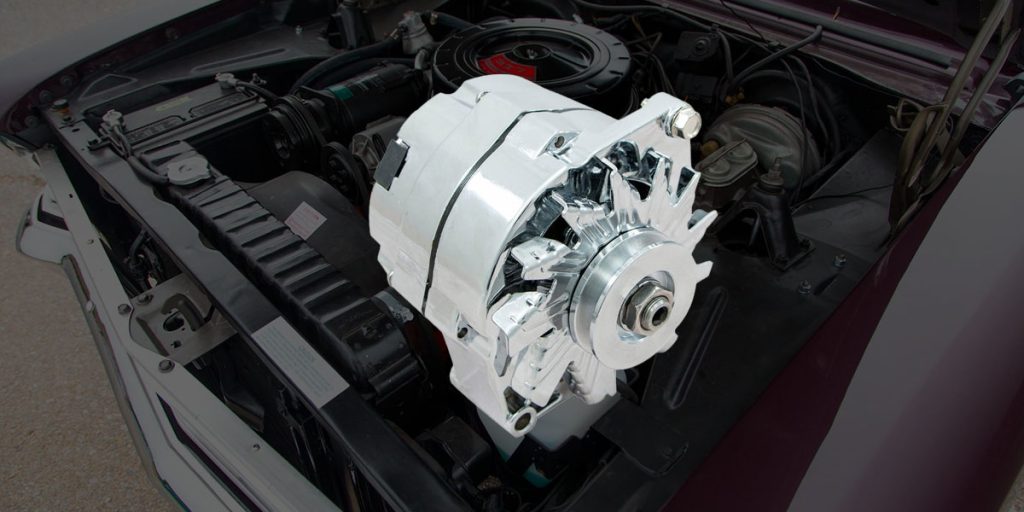
Understanding GM Suspension Geometry
A-Arms, Roll Center, Camber Gain, and How to Improve Them Suspension geometry is one of the most misunderstood and most important parts of how a
Maintaining the proper transmission fluid level is important for the smooth operation and longevity of your car’s transmission. Whether you drive an automatic or manual transmission, understanding the correct procedure for setting fluid levels is crucial. Both are easy to do and should be checked at regular intervals.

1. Start the Engine: Begin by starting the engine and allowing it to idle and warm up to operating temp. Ensure the transmission is in “Park” or “Neutral,” and the parking brake is engaged.
2. Locate the Transmission Dipstick: Automatic transmissions are equipped with a dipstick for fluid level inspection. Refer to your vehicle’s owner’s manual to locate the dipstick, as it can vary between models.
3. Check Fluid Color and Smell: Pull out the dipstick, wipe it clean, reinsert it, and then pull it out again. Observe the fluid’s color and smell. Transmission fluid should be red or pink, and any burnt odor indicates potential issues.
4. Read the Dipstick: The dipstick usually has markings indicating the appropriate fluid level. If the fluid is below the “Add” mark, additional fluid is needed.
5. Add Transmission Fluid: Add small amounts of the recommended transmission fluid through the dipstick tube. Recheck the level periodically until it reaches the “Full” mark.
6. Shift Through Gears: With the engine running and the parking brake engaged, shift the transmission through each gear, pausing momentarily in each position. This helps distribute the fluid throughout the transmission.
7. Recheck Fluid Level: After shifting through gears, recheck the fluid level and add more if necessary. Be cautious not to overfill, as it can lead to foaming and inadequate lubrication.
1. Park on a Level Surface: Park the vehicle on a level surface and engage the parking brake. Ensure the transmission is in neutral.
2. Locate the Fill Plug: Manual transmissions typically have a fill plug on the side of the transmission case. Consult your vehicle’s manual to locate the fill plug’s exact position. Note that there’s a fill plug and a drain plug. The drain plug is towards the bottom of the transmission while the fill plug will be higher up.
3. Remove the Fill Plug: Use the appropriate tools to remove the fill plug. Be prepared for some fluid to come out, so have a drain pan ready.

4. Check Fluid Level: Insert your finger into the fill hole; the fluid should be level with the bottom of the hole. If not, additional fluid is required.
5. Add Transmission Fluid: If the fluid level is low, use a syringe or similar tool to add the recommended transmission fluid until it starts to overflow from the fill hole.
6. Replace Fill Plug: Once the fluid level is correct, replace the fill plug and ensure it’s tightened securely.
7. Test Transmission Operation: Start the engine and engage each gear to confirm smooth operation. If there are any unusual noises or difficulties shifting, consult a professional for further inspection.
Properly setting the transmission fluid level is an important aspect of vehicle maintenance. Regularly checking and maintaining the correct fluid level in both automatic and manual transmissions ensures optimal performance, extends the transmission’s lifespan, and contributes to smoother shifting. Remember to consult your vehicle’s manual for specific guidelines and recommended fluids, and if in doubt, seek professional assistance to avoid potential transmission issues down the road.
If you have any other questions or need help with your classic car, give our friendly techs a call at (203) 235-1200 or hop on SS396.com!

A-Arms, Roll Center, Camber Gain, and How to Improve Them Suspension geometry is one of the most misunderstood and most important parts of how a

Give the Gift of Choice with SS396 Gift Cards!
Looking for the perfect present for the car enthusiast in your life? SS396 gift cards are available in denominations from $10 to $500, so you can choose the amount that fits any budget.

From Generator to Alternator on ’60s & ’70s GM Vehicles Before using alternators, in the 1950s and early 1960s, GM vehicles used DC generators (often